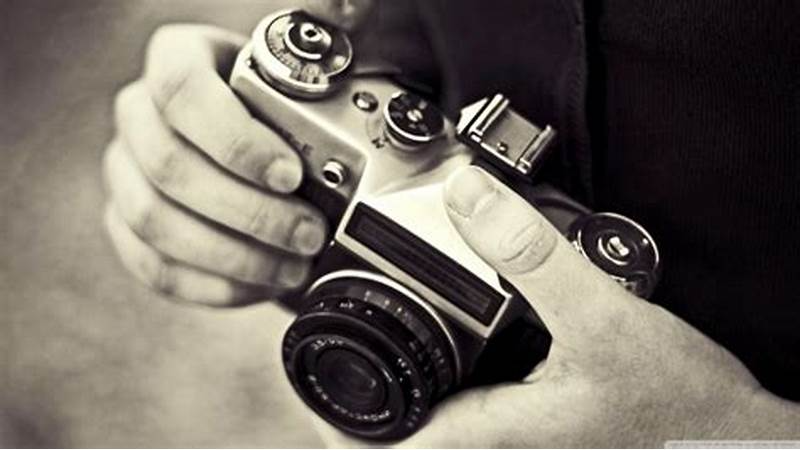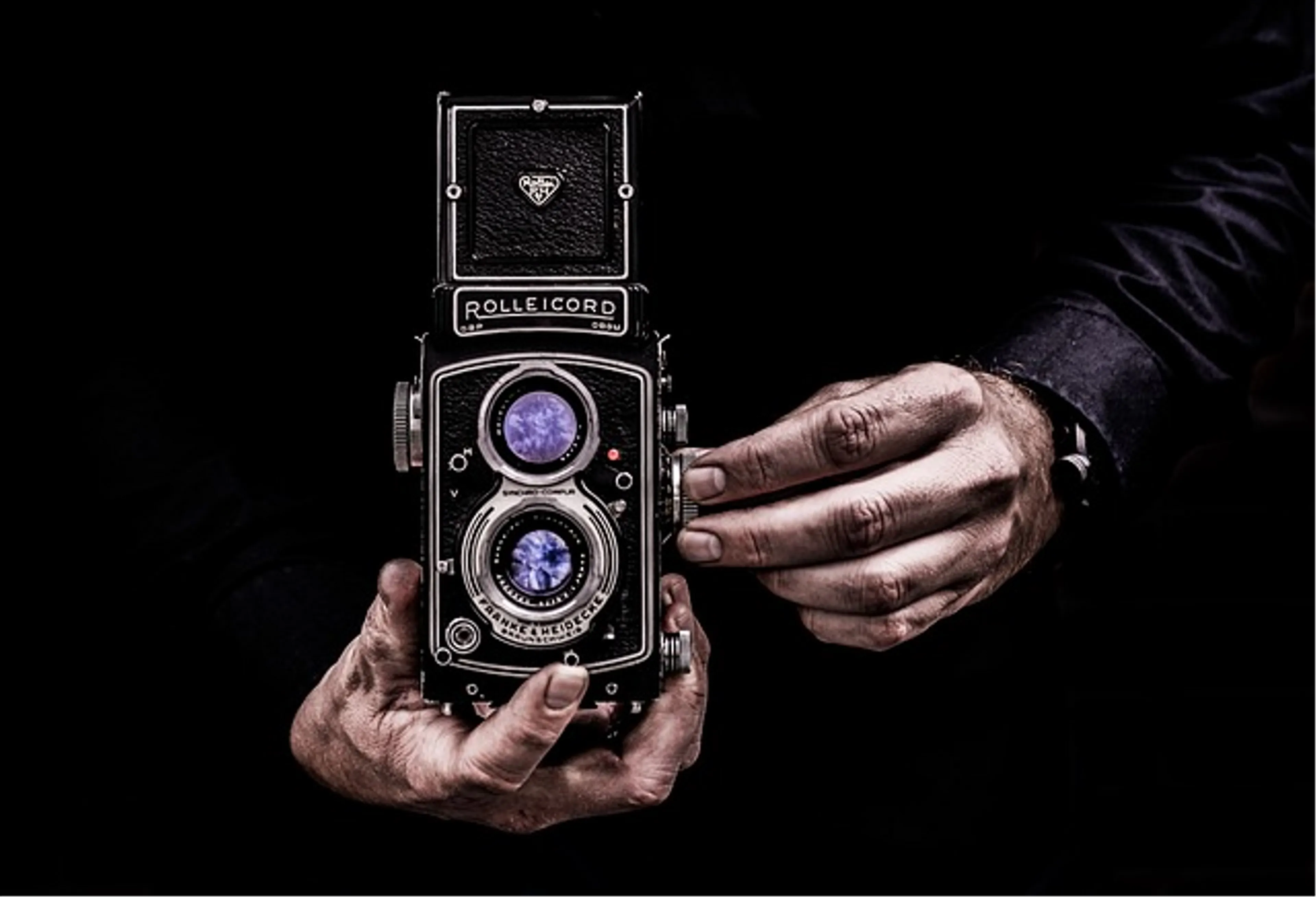Cameras are powerful tools that not only capture moments but also play a profound role in shaping our perception of reality. As lenses through which we view the world, cameras influence how we interpret events, landscapes, and emotions. The interplay between technology, perspective, and artistic choices has a transformative effect on how we understand and connect with the world around us.
Framing and Composition:
Cameras act as selective windows through which we frame and compose our visual experiences. The choices made by photographers—whether to zoom in close, capture wide vistas, or focus on specific details—determine what is included and excluded from the frame. These decisions mold our perception of reality by emphasizing certain elements and influencing the narrative we perceive.
Visual Perspective and Distortion:
Different types of lenses and focal lengths can alter the visual perspective of a scene. Wide-angle lenses can create a sense of expansiveness and dynamism, while telephoto lenses can compress distances, bringing distant objects closer together. These variations impact our perception of depth and scale, affecting how we interpret the relationships between objects and spaces.

Time and Freeze Frames:
Cameras freeze moments in time, allowing us to examine details that might otherwise go unnoticed. High-speed photography captures split-second actions, revealing the intricate dynamics of movement. By isolating a fraction of reality, cameras allow us to study fleeting expressions, the trajectory of a flying bird, or the intricate patterns of a breaking wave.
Manipulation and Post-Processing:
The advent of digital photography and image editing software has introduced new dimensions to how cameras shape reality. Post-processing allows photographers to enhance colors, adjust lighting, and even manipulate elements within an image. This ability to modify visual elements challenges the notion of an objective reality, raising questions about the authenticity and truthfulness of the images we encounter.
Cultural and Social Perspectives:
Cameras also serve as mirrors that reflect cultural and social perspectives. Photographers often capture scenes that reflect societal values, norms, and identities. Through their lens choices, subject matter, and storytelling, photographers contribute to the visual narratives that shape our collective understanding of the world and its diverse facets.
Emotion and Storytelling:
Cameras excel at capturing emotional moments, freezing gestures, expressions, and interactions that convey powerful human experiences. These images evoke empathy and connect us to the emotions of others, bridging geographical and cultural gaps. Photographs become a universal language that communicates emotions and stories beyond words.
Documenting Reality and Memory:
Cameras serve as tools of documentation, preserving moments in time for posterity. They capture historical events, cultural rituals, and personal milestones, forming a visual record that shapes how we remember the past. Photographs become a tangible connection to memories, evoking emotions and transporting us to specific moments in our lives.
Perception of Beauty and Aesthetics:
Cameras shape our perception of beauty and aesthetics by highlighting certain visual qualities. Through techniques like depth of field, lighting, and composition, photographers draw attention to the most visually appealing aspects of a scene. This influence on aesthetics affects our understanding of what is visually pleasing and contributes to cultural standards of beauty.
Conclusion:
The impact of cameras on our perception of reality is profound and multifaceted. Through framing, composition, perspective, and manipulation, cameras mediate our interaction with the world, capturing not just images but also emotions, narratives, and cultural contexts. As both observers and creators, we navigate a complex interplay between objective reality and the subjective interpretations that cameras enable, continually expanding our understanding of the diverse and rich tapestry of life.


